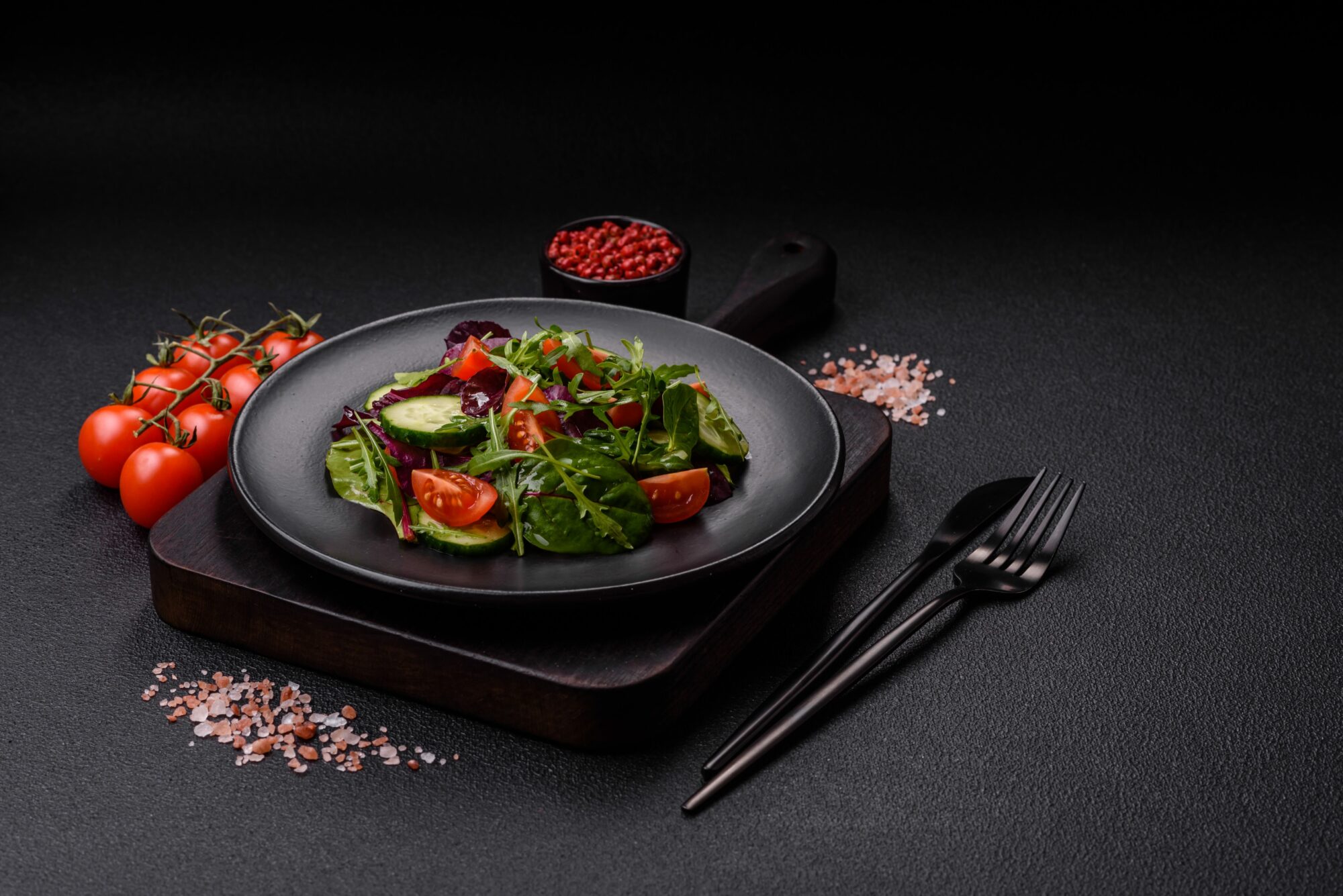Unlocking the Art of Culinary Imagery
Ever stumbled upon a food photograph so captivating, it felt like you could almost taste the dish? That’s the magic of skilled food photography – a craft that goes beyond just snapping pictures of what’s on the plate. In the realm of culinary arts, a picture is not just worth a thousand words; it’s a gateway to sensory experiences. With the rise of food blogging, social media, and digital menus, mastering this art has never been more essential.
Imagine the smell of freshly baked bread wafting through the air, the vibrant colors of a garden-fresh salad, or the glistening of a perfectly cooked steak. Capturing these elements in a photograph requires more than just a good camera. It calls for an understanding of composition, lighting, and styling – all aimed at making the viewer’s mouth water.
Whether you’re a seasoned photographer looking to dive into the culinary world or a chef eager to showcase your creations, the journey to mouthwatering food photography begins with a few fundamental steps. From choosing the right equipment to understanding the play of light, these tips will set the stage for creating images that look as delicious as they taste.
Embracing the Light and Shadows
One of the cardinal rules in food photography is mastering the use of light. Natural light, with its soft, diffused quality, can accentuate the textures and colors of food, making it look fresh and appetizing. Positioning the dish by a window with indirect sunlight can create a gentle play of light and shadow, giving depth and dimension to the photograph. However, not all lighting conditions are created equal. Overcast days provide a soft, even light, while direct sunlight can introduce harsh shadows, unless that’s the dramatic effect one is aiming for.
Conversely, artificial lighting offers control and consistency, especially in settings where natural light is scarce. LED panels and softboxes can simulate natural light, providing flexibility in shaping the food’s appearance. The trick lies in experimentation – adjusting the angle, distance, and intensity of light to find the perfect setup that brings out the best in each dish.
Equally important is the role of shadows. They add volume and a sense of realism to the images. By manipulating the direction and softness of shadows, photographers can create a visual feast that tempts the viewer. It’s a delicate balance; too much shadow can obscure details, while too little can make the food look flat.
Styling: The Secret Ingredient
Once the lighting is set, the next step into creating that perfect food photograph is styling. This involves not just the food but the entire frame. Choosing the right backdrop and props can significantly elevate the dish’s appeal. A rustic wooden table, vintage cutlery, or a simple linen napkin can add layers of story and texture, inviting the viewer into the scene. However, the golden rule of food styling is moderation. The focus should always remain on the food, with props serving to complement, not overpower, the main subject.
Texture and color play pivotal roles in food styling. A sprinkle of fresh herbs, a drizzle of creamy sauce, or a dash of vibrant spices can add that much-needed pop of color and texture, making the dish more dynamic and visually interesting. Moreover, playing with the composition—whether it’s a neatly arranged plate or a deconstructed dish—can add a sense of movement and spontaneity, making the photograph more lively and engaging.
In the end, food photography is about telling a story. It’s about capturing the essence and beauty of the dish in a way that evokes emotion and desire. Whether it’s through the strategic use of light, the thoughtful arrangement of props, or the careful application of styling techniques, each photograph is an opportunity to convey the taste, aroma, and feel of the food. So, grab your camera, unleash your creativity, and let the culinary journey begin.
